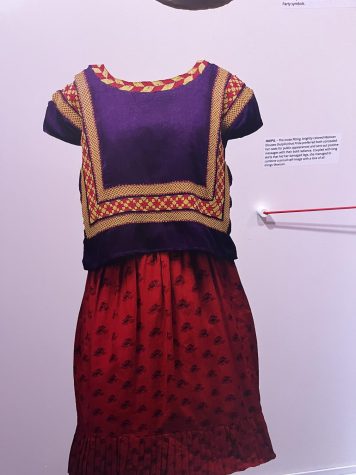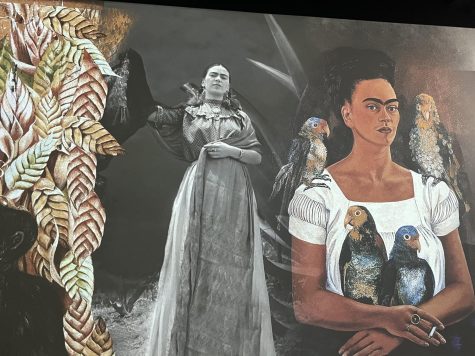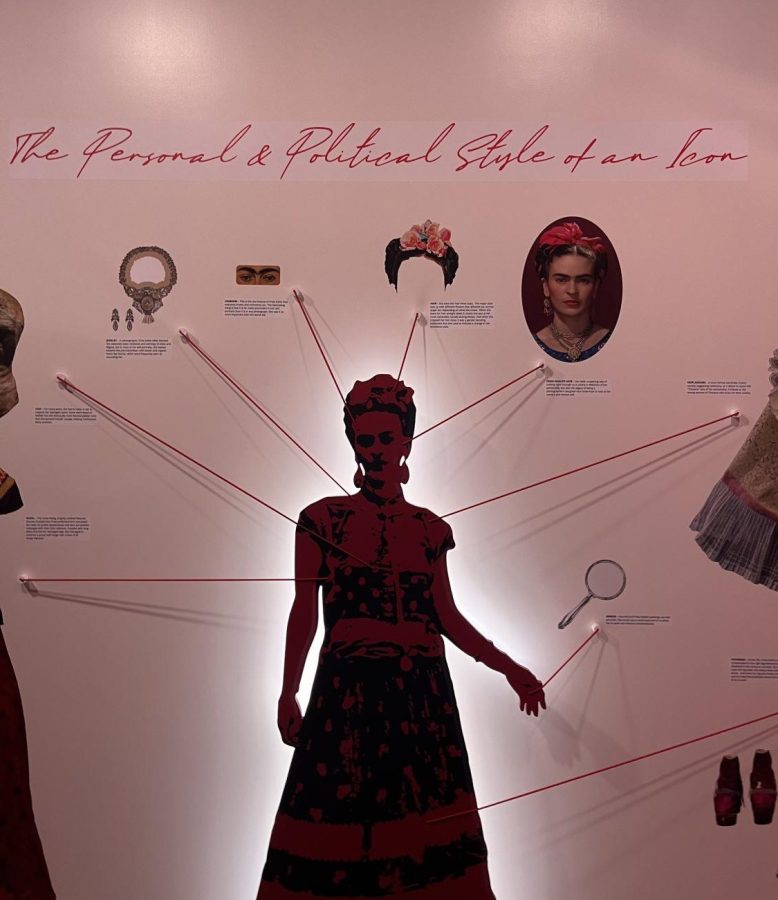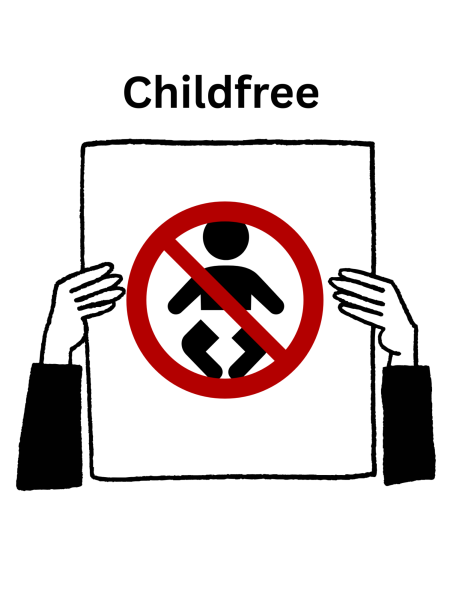Frida Kahlo’s impact as a feminist and her indigenous appropriation
April 24, 2022
Although Frida Kahlo is recognized for her peculiar art and has even become symbolic of a strong feminist with limitless perseverance, remnants of her aesthetic, both fashion and artistic, beg to be critically analyzed for indigenous appropriation.
The Frida Kahlo exhibit titled, “Immersive Frida Kahlo: Her life. Her love. Her art.” open at Lighthouse ArtSpace, Los Angeles, showcases how this painter was able to overcome pain and adversity through her art.


The exhibit features a 360 degree projection experience of her life portrayed through her art and even real photos of her family and her participation in the revolution. The animations convey her tumultuous marriage to fellow artist Diego Rivera and even her experiences with life-long health issues, such as the effects of polio at a young age, a near-fatal bus accident, and a miscarriage.
Aside from the frames of video, the exhibit also included poster walls analyzing her life down to her style. The wall titled, “The Personal and Political Style of an Icon” shows a cut out collage-like picture of a typical outfit she was accustomed to wearing. The description explains she wore loose fitting Mexican blouses because “[it] concealed her casts for public experiences and sent out positive messages with their bold radiance.”
Learning about her great difficulty with managing the effects of the bus accident she endured, which left her with irreparable spine damage and led to an eventual amputation of her leg, leaves us with the ability to empathize with her efforts to conceal her casts from the world.
However, Joana Garcia Cheran’s (2021) article, “An Indigenous Perspective on Frida Kahlo” comments, “While Frida Kahlo frequently donned Tehuana dresses traditional to the Isthmus of Tehuantepec, Kahlo had weak connections to the region, once stating in an interview… “I’ve never been to Tehuantepec, […] nor do I have any connection to the town.”
It is not just her choice of clothing that leaves people, especially indigenous folk now, pondering her choice of identity portrayal. Her style and paintings alone are able to convince people she was an indigenous woman herself. In her article, “Frida Kahlo and the Fetishization of ‘Indigenism’: a Lingering Question” Yamily Habib (2021) comments, “Some [of her art pieces] even suggest that her fascination with Mexican folk art with indigenous roots was far from genuine.” When in fact, her father was a German immigrant and her mother was a mixed-race woman.
Nonetheless, the exhibit focuses on shining light on her representation as a feminist, her passion for speaking up and being heard, her rejection of gender impositions, and her perseverance portrayed through her art. For instance, one of her portraits titled “The Two Fridas” shows both of her personalities: one being more traditional and representative of her home and upbringing while the other is more modern and independent. She expressed it was inspired by her loneliness from her separation from her husband and fellow artist, Diego Rivera. Not only does the art showcase how she can be more than one thing as a woman, but it deals with conveying how she can be strong and independent as well as heartbroken and lonely.
Frida Kahlo died in 1954 from pulmonary embolism only a couple weeks after finally getting her own exhibition in Mexico City. A couple days before her death, she wrote in her diary: “I hope the exit is joyful, and I hope never to return.”







